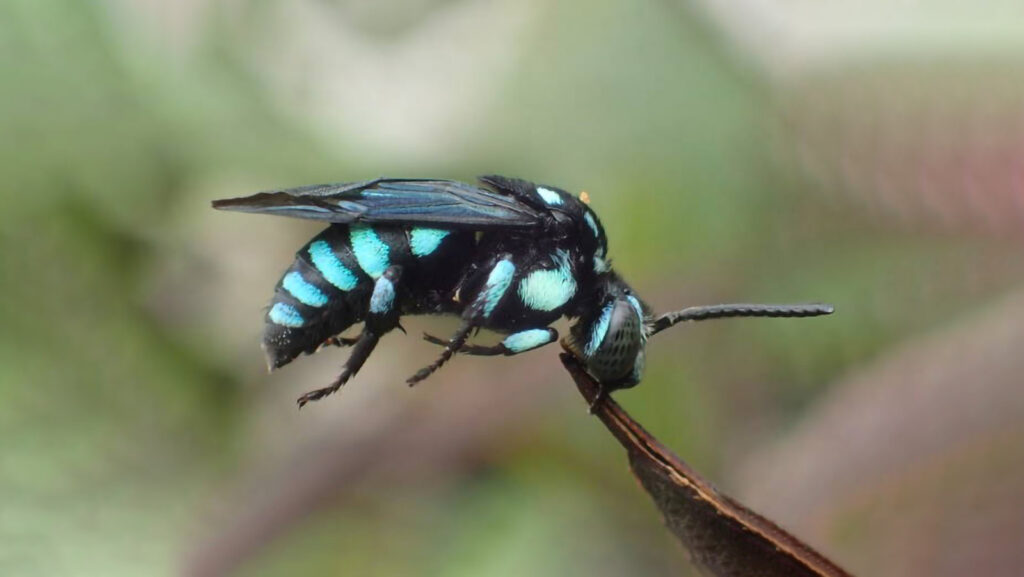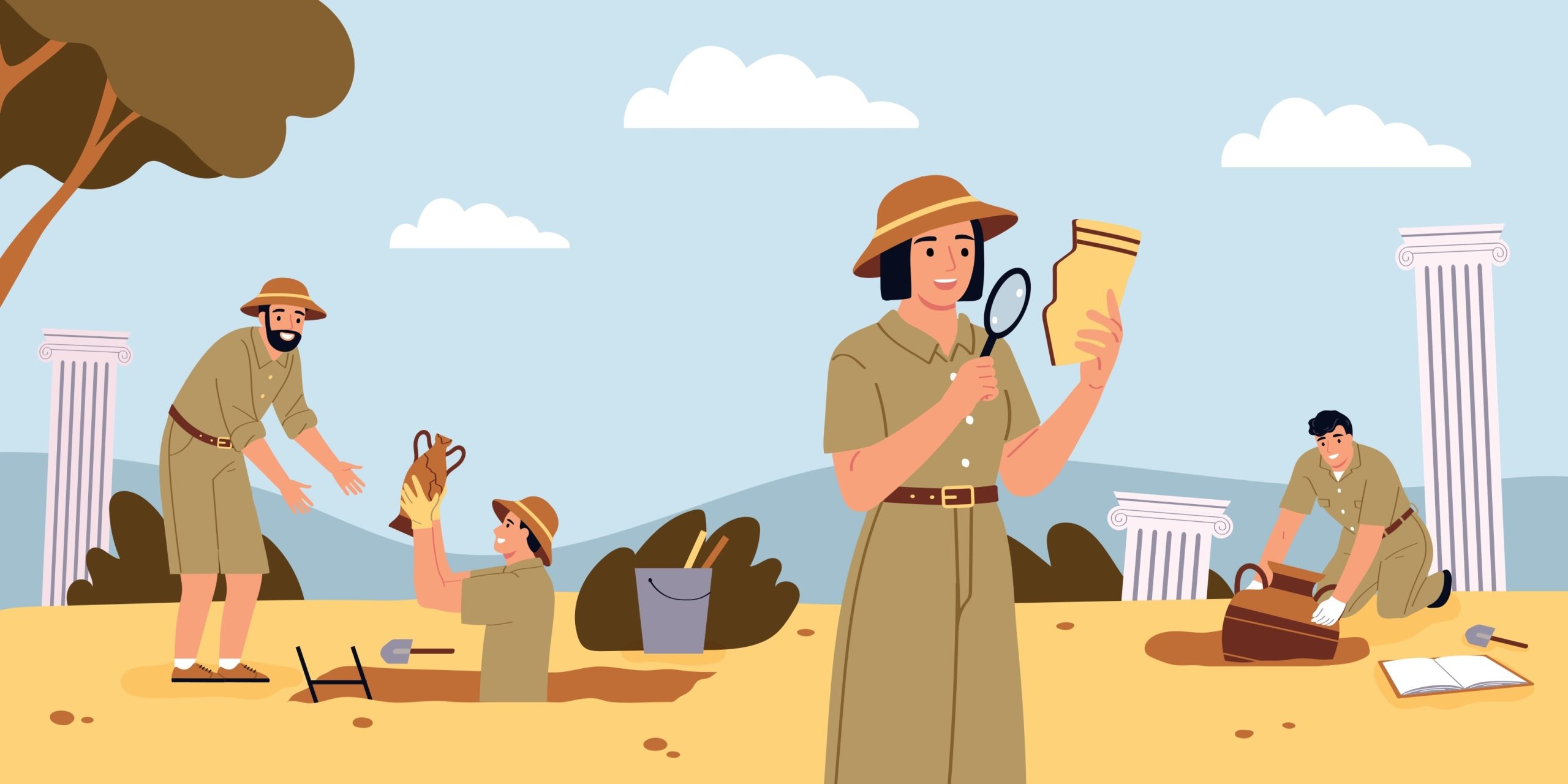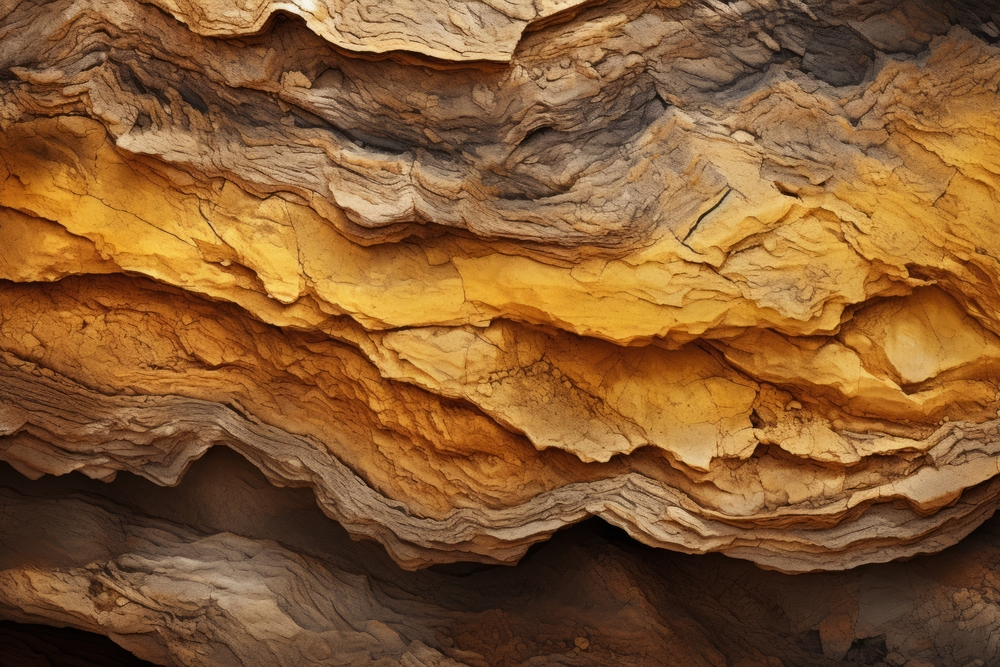
Bees are an overlooked creation of nature, but they matter if we were to ensure food security. Most crops we consume today are pollinated by bees, such as tomatoes, apples, broccoli, almonds and melon. Nearly two-thirds of Australian agricultural production benefits from bee pollination, also known as the keystone species supporting ecosystems.
Honey bees are believed to be the most widely managed pollinators co-evolved with the food production system. We fall into the myth that honey bees are the biggest contributor to crop pollination. Still, there are over 20,000 species of bees globally, and Australia is home to around 2,000 species of native bees, including the Australian blue bee.
All this while, honey bees and bumblebees were taking the limelight when it involved crop pollination, but here comes the Australian blue bee we are incognisant of. The Australian blue bee, Amegilla cingulata, plays a vital role in the Australian ecosystem as many plants depend on its pollination, although it does not produce honey. The usual colour of the bee is brown and yellow, but this Australian bee stands out on its own with striking blue stripes. They are about 11 milimetres long and have bands of metallic blue fur across their black abdomens. It is found throughout Australia except Tasmania.
Many plants depend on this blue bee for pollination because it can perform a special “buzz pollination”. This method helps pollination better because some flowers hide their pollen inside tiny capsules. This blue bee has the skill to grasp this type of flower and shiver its flight muscles, which causes the pollen to shoot out of the capsule.
Researchers at the University of Adelaide observed good progress in developing native Blue Banded Bees for greenhouse tomato pollination. They are fantastic pollinators compared to honey bees.
Blue-banded bees are also known as solitary bees. Solitary bees are different from honey bees and bumblebees. They do not produce honey and do not live in hives. They are non-aggressive as they do not have honey to store. It will only sting if trapped or roughly handled. Their life cycle is short but busy since the male bee dies after mating. Then, the female will begin the nesting process and construct the nest to lay eggs. Solitary bees are declining because their habitat is threatened as they do not live in hives and make nests in hollow stalks and tubular holes in soil, sand, clay, mortar or wood. Australian blue bees like mud-brick houses.
Bee plays a vital role in keeping the world green. Unfortunately, its population is declining as it suffers from habitat loss from development and a lack of bee-friendly flowers. The bright side is there is still a last resort to bounce back bee populations. We can build a bee-friendly garden that keeps the plant healthy and ensures the bee plays its role in the ecosystem. At least 30% of the world’s crops and 90% of all plants require cross-pollination to spread and thrive. Bees are also part of the food chain since at least 24 bird species prey on bees, including blackbirds and hummingbirds.
If you are wondering how to build a bee-friendly garden, plant bee-friendly flowers, avoid plants with a lot of petals, plant flowers that bloom at different times of the year and avoid using pesticides.
We should remember that without bees, our gardens and plates are bare.



